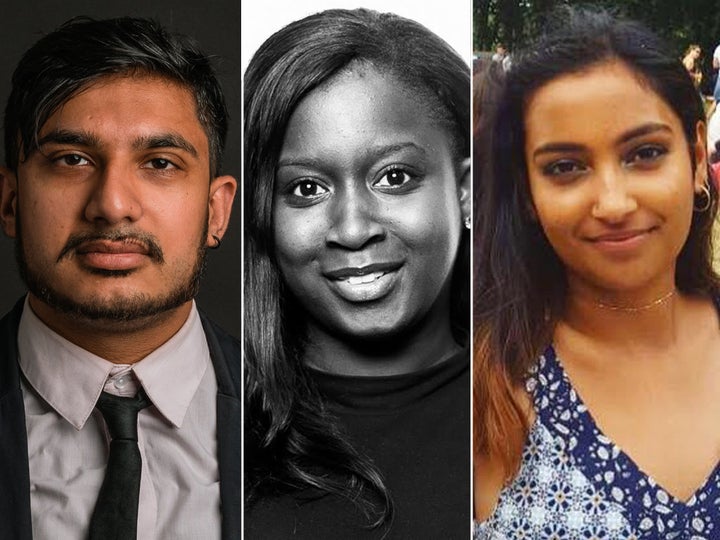
When Ruchira Sharma was 15 years old, she was diagnosed with an eating disorder. An intervention by the NHS child and adolescent mental health services (CAMHS) saw her taken out of her school in Birmingham, away from her classmates, and signed up to a 12-month programme of outpatient treatment in order to try to treat her anorexia.
Sharma’s parents, first-generation Indian immigrants, struggled to understand not only what was happening with their daughter – she recalls that it took years for her dad to comprehend she was medically unwell, not just sad – but also her treatment programmes.
The now 23-year-old, who has anxiety and depression, remembers her parents’ reactions to one particular group counselling session. Although she never pressed them on the details, she knows for certain “it didn’t go very well”.
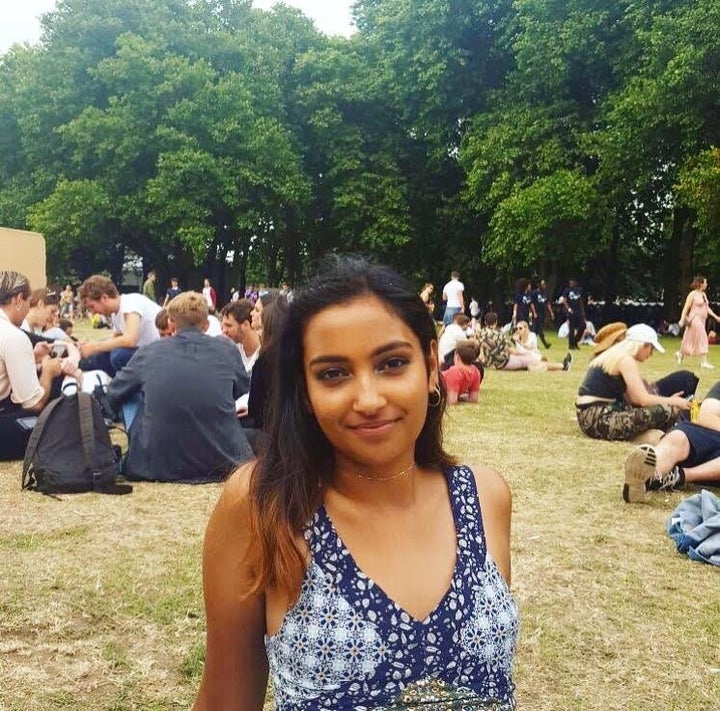
Reflecting on her journey within Britain’s mental health system, Sharma says that there are two things that strike her about the difference between her experience and that of her white partner, who also suffers with anxiety: the way the services understood her needs as a person of colour, and her family’s reaction to her illness.
It is the interweaving of both of these issues that prevented her from revealing the full extent of what she was feeling to doctors. Being asked to fill out questionnaires at GP appointments to assess her mental state, Sharma would lie. “When it got to the questions about whether I was having suicidal thoughts, I was too scared to say yes.” Instead she would downplay it, but “in the end that only made it worse”.
Government statistics show that black British people are detained under the Mental Health Act, at the rate of 272 detentions per 100,000 people. This compares to white British (64 people per 100,000) and white Irish (70); the people least likely to be detained are Indian (53.2) or Chinese (47.8).
“Despite facing the highest chances of being detained for mental health reasons, black British people are the least likely to seek out treatment."”
Despite this rate of detention for mental health, black British people are the least likely to seek treatment: 6.5% have had mental health treatment, compared to 14.5% within the white population.
These conflicting statistics paint a picture of mental health provision in the UK that targets one demographic, leaving other groups to fall through the cracks – before eventually being picked up by law enforcement.
The Mental Health Foundation says the gulf between need and provision of service for BAME communities can be explained by a number of factors including, but not limited to, issues of poverty and racism. The other obstacles are service providers and communities themselves.
Mainstream services often fail to understand the needs of non-white British communities, and therefore, without realising, do not cater to them. That’s the experience of many people HuffPost UK spoke to.
Growing up, 28-year-old Annie Rockson, from Kent, dealt with depression and anxiety. Aged 14, she sought help and with the support of her Ghanian mother she accessed a Christian counselling service and telephone therapy group.
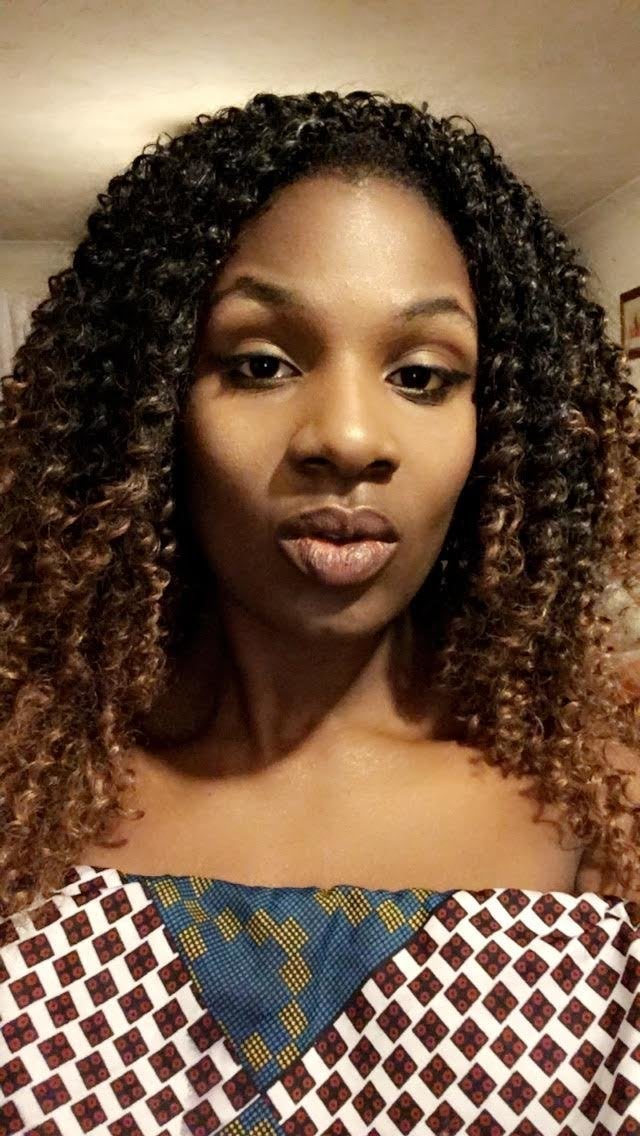
Rockson says: “[In the telephone group] I just learned about visualisation [a mental tool for managing anxiety] and that turkey meat contains a feel-good brain chemical called tryptophan.”
Not only was the advice on offer not especially helpful for managing her mental health, Rockson was made very aware that she was the only person her age in the group - everyone else was an adult. This made her feel “even more strange”. Later, at university, she had a breakdown.
Other people we spoke to were treated in more age-appropriate progammes as part of CAMHS. But many said they still didn’t see themselves reflected in the services offered, which left them feeling isolated and misunderstood.
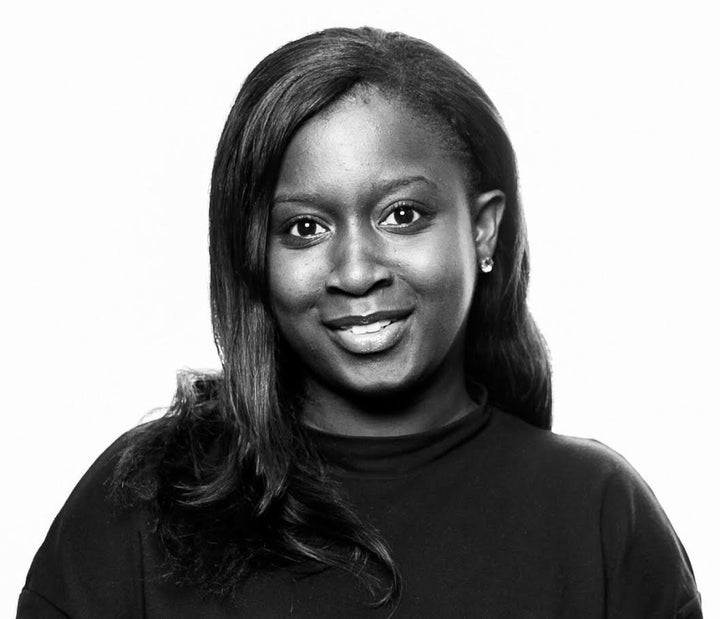
For Bonita Darkoh, 25, from Croydon, her only interaction with the mental health services was when her friend needed support. She found having a non-black GP to be an obstacle.
“She felt uncomfortable sharing her experiences with someone that did not look like her,” says Darkoh. “To provide the necessary support those that need help must feel comfortable. And a lack of understanding for one’s culture will arguably make it almost impossible.”
Sharma agrees that in 10 years of CAMHS treatment she never once saw an Indian member of staff – that was one of the primary factors in her parents’ struggle to cope with her illness, she argues.
“I remember my mum saying that the councillor was trying to make them reflect on their style of parenting and my dad just couldn’t deal with that,” she says. “It’s a unique approach needed for Indian parents whose child is struggling mentally. You need to build up trust.”
“Mental health services should be equipped with knowledge of unique experiences..."”
Arun Kapur, 28, who has been suffering with depression for 16 years, says that in his case, he truly believed services did “everything they could”, but that wasn’t enough, because they didn’t have an understanding of the culture his experience was framed by.
This point was driven home when several years into his treatment, Kapur, a cinema manager from Wolverhampton, finally came across a member of staff with a similar ethnic background to himself. They had an enlightening conversation: “That person said they understood it was difficult for me to even come here in the first place. That helped,” he said.
Summarising the problem succinctly, Nikhwat Marawt, 25, from Birmingham - who has been taken on and off NHS waiting lists for mental health services for around four years - says: “Users feel unsafe sharing their concerns within the settings that are currently provided.”
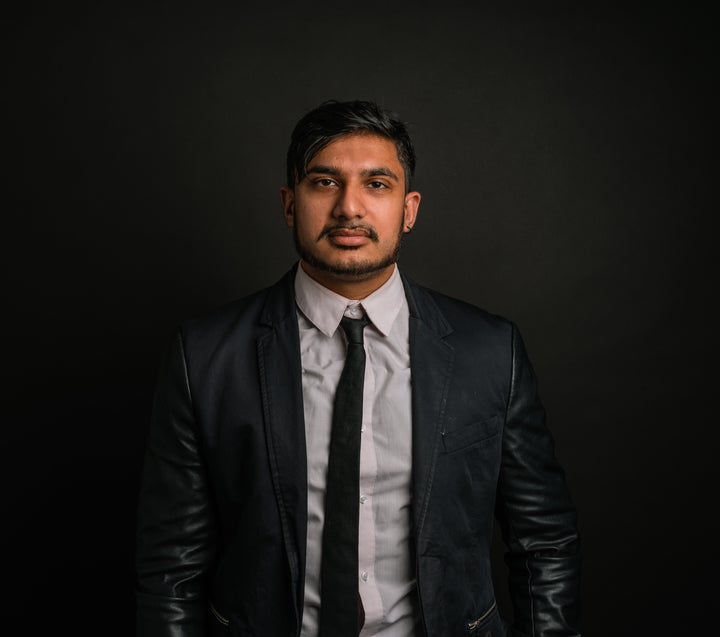
BAME communities can feel excluded before they’ve even started to get help, due to a feeling that services are largely led and staffed by white employees.
“Mental health services should be equipped with knowledge of unique experiences,” says Rockson. “I feel that there is a failure to acknowledge in practice the discrimination that BAME people experience in the UK that can trigger ill mental health or exacerbate existing conditions.”
The answer to this, Marawat argues, is more “culturally sensitive services” for recovery, and programmes directed at minority communities. This would not only force mental health services to examine the diversity of their staff, but also feed into the second overarching problem: the persistent stigma and negative stereotypes that make some communities reluctant to engage with services.
“The barriers do not just come from institutions, but from the communities that find it shameful to open up,” says 20-year-old Austin Saturday, who went through 12 rounds of cognitive behavioural therapy (CBT), but still struggled to open up to others. “The idea that you should keep things within a community hurts people in need,” he says.
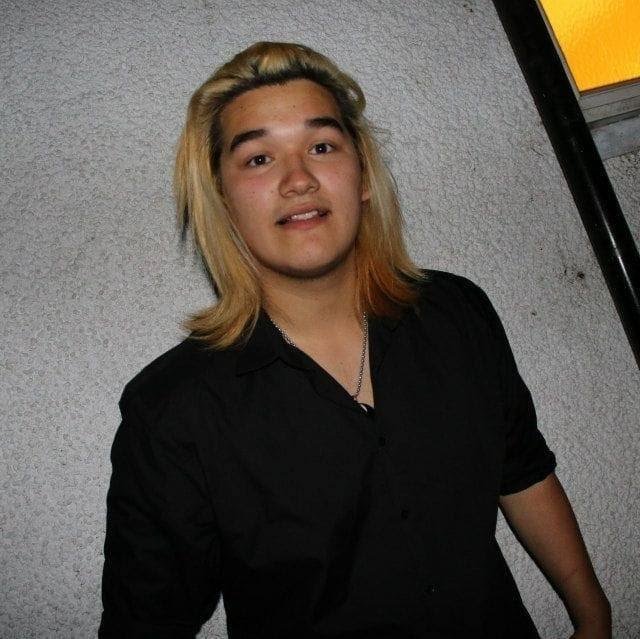
Ongoing stigma about mental health in BAME communities is caused by a number of factors - one being a fundamental misunderstanding about the causes of mental health problems.
For example, Marawat says in their South Asian community “the common association is that a person is pagal (an offensive term for crazy) if they speak out. And honour is seen as more important than recovery.”
Savannah Mullings-Johnson, 20, who suffered with body dysmorphia, depression and anxiety throughout her teens says that a stigma also exists in some black African and Caribbean communities: “There is a ‘put up and shut up’ attitude affecting minorities worldwide, which has been enforced for centuries. Only time will tell if things can improve.”
A legacy of substandard treatment by institutional bodies in the UK also means people can be reluctant to rely on them. “If we look at society in general, minorities are more likely to be excluded from what is easily accessible to white people,” Mullings-Johnson says.
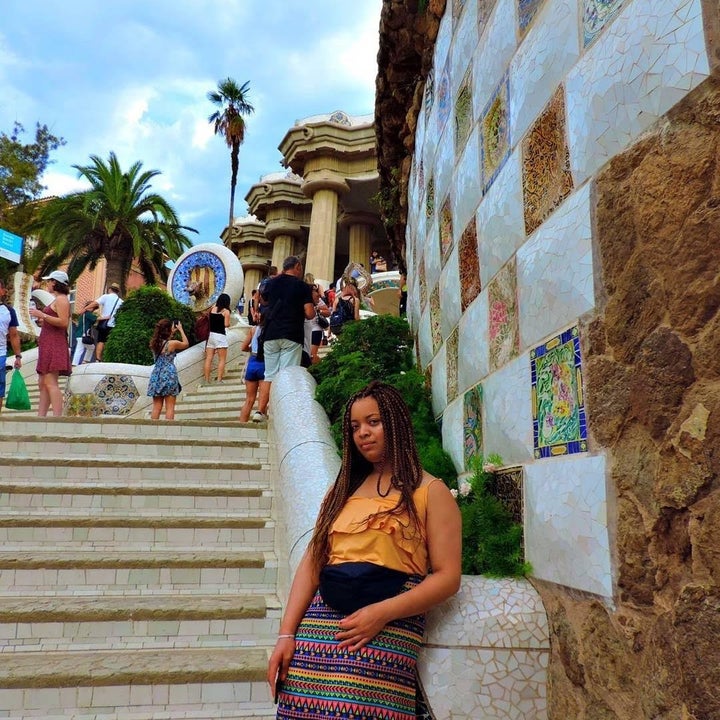
The result, as the Mental Health Foundation says, is that people are more likely to enter the mental health system when they’re in crisis and the illness has progressed. “African Caribbean people are more likely to enter the mental health services via the courts or the police, rather than from primary care, which is the main route to treatment for most people,” the organisation says.
“They are also more likely to be treated under a section of the Mental Health Act and are more likely to receive medication, rather than be offered talking treatments such as psychotherapy.”
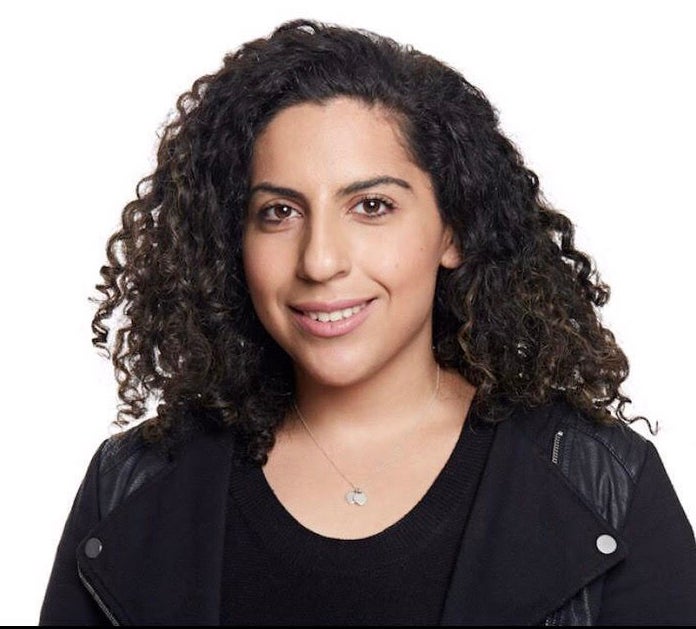
So how can things change? How can trust between BAME communities and mental health services be developed? The key will be services teaming up with local community leaders, argues 30-year-old Roxi Jahanshahi, who underwent a three-month online course of CBT after her dad died in January last year and she developed social anxiety and depression.
Some grass roots groups, such as that run by Lambeth Council councillor Jacqui Dyer, are trying to do just this. The Black Thrive scheme in south London grew out of the local response to Sean Rigg, who died after being restrained by police officers during a schizophrenic episode.
As a community-led initiative, it exists to create a more positive story around mental health in the African-Caribbean community – by ensuring that services are more responsive and culturally sensitive to its needs.

HuffPostListens – Birmingham
HuffPost wants to get out of the media bubble and tell the real story of the UK. For one week in July we relocated our newsroom to the heart of Birmingham and invited people to tell us what they care about - we listened, followed their tips, and went out and reported on what we heard. We’re also hiring more reporters out of London, starting in Birmingham. We don’t think the media has listened to people enough, so that’s what we’re doing. Listening to the stories of Birmingham, opening up our newsroom to its people and telling the real story of Britain from the heart of one of its biggest and best cities. You decide the news. We’ll tell your story. Birmingham, be heard. #HuffPostListens
Read more about the project here.